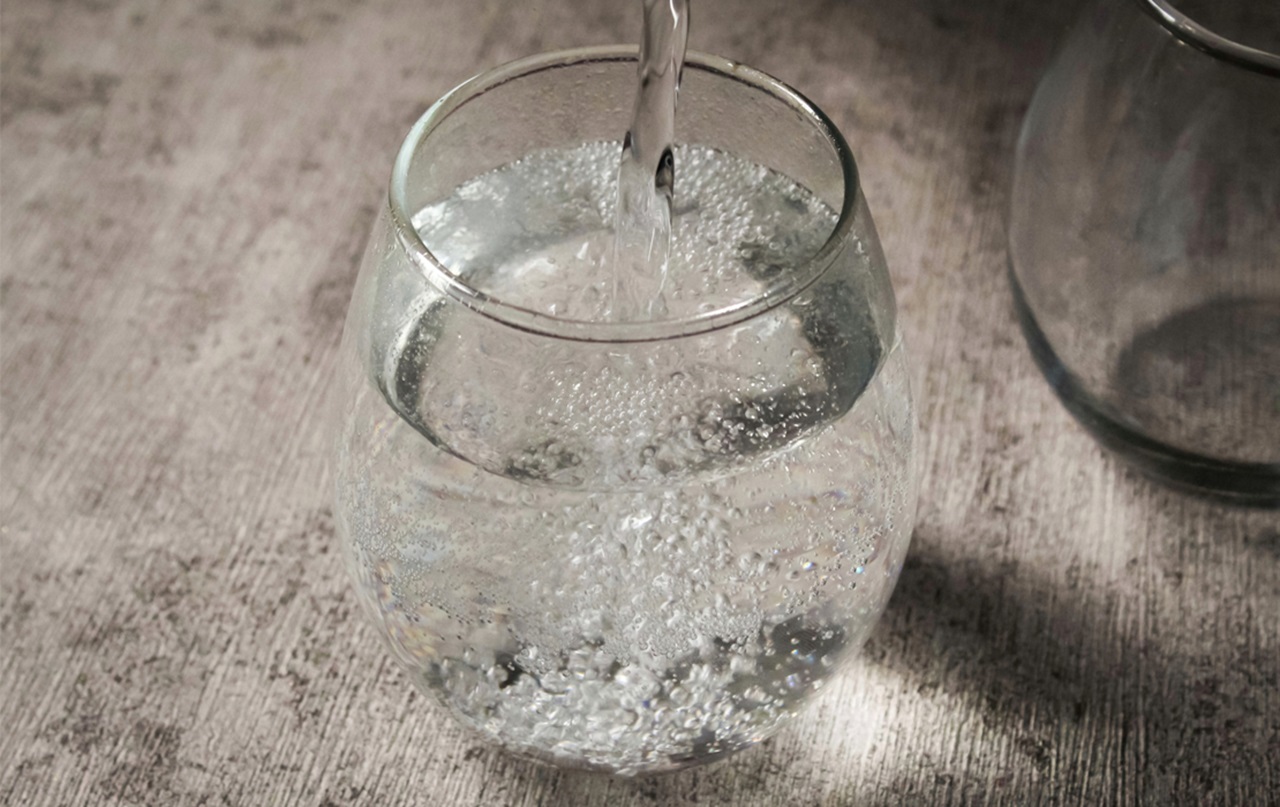Homeowner’s Guide to Efficient Water Management Techniques
Efficient water management is essential for homeowners aiming to conserve water, protect the environment, and reduce utility bills. This guide discusses various techniques for managing water effectively, focusing on two critical areas: sump pumps and residential water well drilling. By implementing these strategies, homeowners can enhance their water management practices and contribute to a more sustainable future.
Understanding Water Management
Water management encompasses various practices aimed at conserving and efficiently using water resources. It involves the collection, distribution, and use of water in a way that minimizes waste while maximizing utility. Effective water management techniques are essential for maintaining a healthy environment, reducing water costs, and ensuring the longevity of water-related systems in the home.
Sump Pumps: Essential for Managing Water Intrusion
Sump pumps play a vital role in residential water management, particularly in areas prone to flooding or groundwater issues. These devices are designed to remove excess water from basements or crawl spaces, preventing water damage and mold growth.
Types of Sump Pumps
- Submersible Sump Pumps: These are installed below ground level and can efficiently remove large volumes of water. They are often equipped with a float switch that activates the pump when water levels rise.
- Pedestal Sump Pumps: These sit above the sump pit and are ideal for homes with limited space. They are easier to maintain but may be less efficient than submersible models.
Benefits of Sump Pumps
- Prevention of Water Damage: Sump pumps protect homes from flooding and water damage, saving homeowners significant repair costs.
- Improved Air Quality: By preventing moisture accumulation, sump pumps help reduce the risk of mold and mildew growth, enhancing indoor air quality.
- Increased Property Value: Homes equipped with sump pumps are often more appealing to buyers, as they offer a level of protection against water-related issues.
Maintenance Tips
To ensure optimal performance, homeowners should regularly inspect and maintain their sump pumps. This includes checking the power supply, cleaning the sump pit, and testing the pump’s functionality. Regular maintenance not only extends the life of the pump but also ensures it operates efficiently when needed.
Residential Water Well Drilling: A Sustainable Water Source
For homeowners looking for a reliable and sustainable water source, residential water well drilling is an excellent option. This technique involves drilling deep into the ground to access groundwater, providing a consistent supply of water for various household needs.
Advantages of Residential Water Well Drilling
- Cost-Effectiveness: Once installed, water wells can significantly reduce reliance on municipal water sources, leading to lower water bills.
- Independence: Owning a water well provides homeowners with greater control over their water supply, allowing for more efficient management of resources.
- Sustainability: Water wells tap into natural aquifers, promoting sustainable water usage and reducing the demand on surface water sources.
Considerations Before Drilling
Before embarking on residential water well drilling, homeowners should consider the following:
- Local Regulations: It is essential to check local laws and regulations regarding well drilling to ensure compliance and avoid potential legal issues.
- Site Assessment: A professional assessment can determine the best location for drilling, considering factors such as soil type, water table depth, and proximity to contaminants.
- Installation Costs: While drilling a well can be an upfront investment, it is essential to weigh these costs against potential savings on water bills.
Other Water Management Techniques
In addition to sump pumps and well drilling, homeowners can adopt several other techniques to enhance water management:
Rainwater Harvesting
Rainwater harvesting involves collecting and storing rainwater for later use, such as irrigation, toilet flushing, or even drinking water (with proper filtration). Installing a rain barrel or a more extensive rainwater harvesting system can significantly reduce dependence on municipal water sources and promote sustainability.
Efficient Irrigation Systems
Implementing efficient irrigation systems, such as drip irrigation or smart sprinkler systems, can help conserve water in gardens and landscapes. These systems deliver water directly to plant roots, reducing waste and ensuring that plants receive the right amount of moisture.
Low-Flow Fixtures
Upgrading to low-flow faucets, showerheads, and toilets can drastically reduce water consumption in the home. These fixtures are designed to maintain water pressure while using significantly less water, contributing to overall water savings.
Greywater Recycling
Greywater recycling involves repurposing water from sinks, showers, and washing machines for irrigation or toilet flushing. This technique can significantly reduce overall water usage and promote sustainable practices.
Conclusion
Efficient water management is crucial for homeowners seeking to conserve resources, protect their properties, and reduce costs. By implementing techniques such as sump pumps and residential water well drilling, along with other sustainable practices like rainwater harvesting and low-flow fixtures, homeowners can significantly improve their water management strategies. With careful planning and maintenance, these techniques not only enhance the sustainability of water use but also contribute to a healthier environment for future generations.




